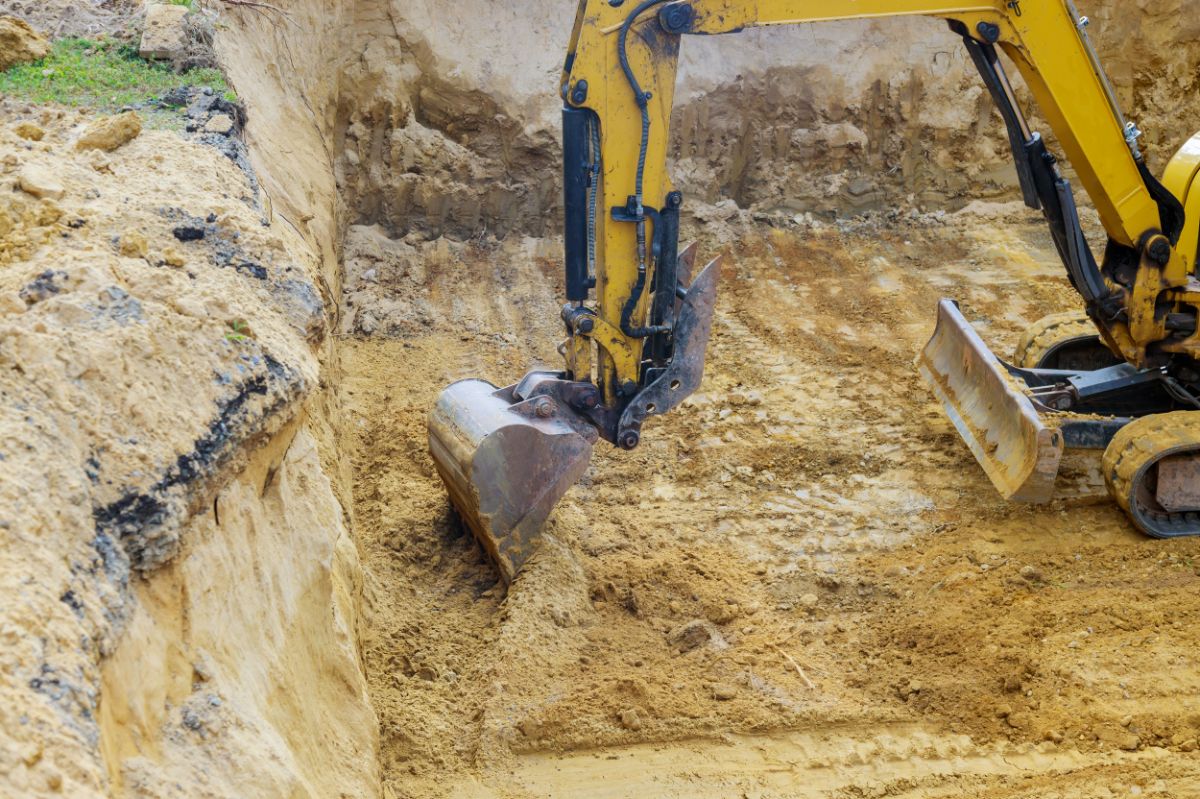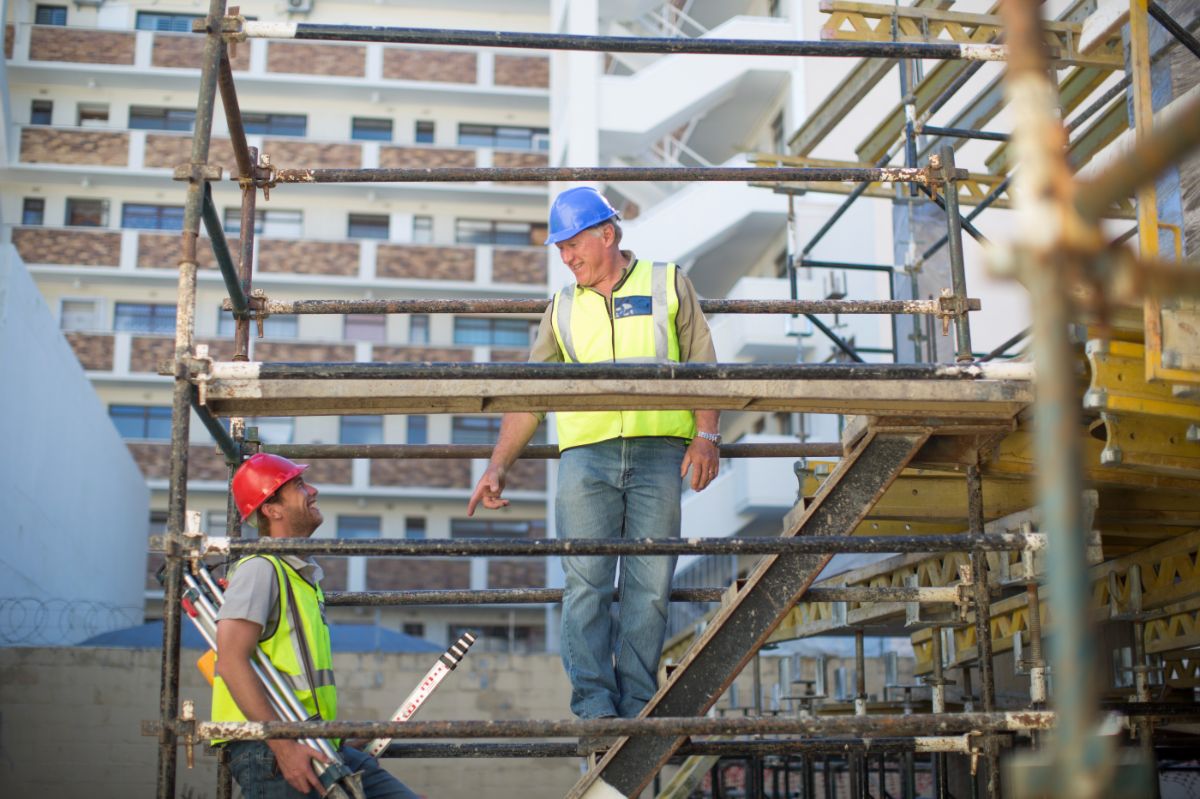37 Tips for Sheet Pile Installation Methods

Sheet piles are sheets of heavy-duty construction material with interlocking edges that are used to retain soil to support excavations and construct certain structures like seawalls, bulkheads, dams, and barriers to water flow. These are usually made of steel and installed via cranes into the soil along the perimeter of the planned excavation. In another blog article, we discussed what sheet piles are and what they’re used for. In this article, we’ll go into more detail regarding their installation. Here are the tips for sheet pile installation methods:
General tips
Regardless of the method by which you plan to install your sheet piles, it would be best if you remembered a few things. This includes the following:
- Work only with undamaged sheets.
- Check the quality of your soil. Use the Unified Soil Classification System (USCS) to determine its Atterberg Limits and sieve analysis. You can also use the Modified Unified Description (MUD).
- Remove debris from the site of installation.
- Use a high-strength jetting pipe to help press sheet piles into difficult ground conditions.
- Work with a template to ensure that the piles are installed according to the correct alignment.
- When driving long and heavy sections of piling, the length of your crane boom should be twice that of your sheets.
- When installing the sheets, drive them with the “male” interlock leading into the soil.
- When possible, drive sheets two-by-two, hammering the center of the pair as you go.
- Do not let the sheets free-fall as this may cause them to go “out of plumb.”
- Check your sheet piling periodically (for example, at every 5th single sheet or 3rd double) to ensure the wall’s plumbing.
For vibration
The vibration method uses a vibratory hammer to embed interlocked piles into the excavated ground. Here are some tips to augment this process:
- Make sure all “jaw teeth” are on the sheet before clamping and driving.
- The grip should be equally divided between the two sheets.
- Ensure the impact hammer has the proper head or “helmet” for the type of sheet being driven.
- Check the soil being driven into. The vibration method only works for soft peat and clay or saturated sand layers because these types are not densely compacted.
For press-in piling
- Calculate the blows needed to drive the pile to the required depth prior to going on the field.
- If the blow count on the field is different from what you calculated, something might be wrong with the soil or the driving system.
- Before work starts, make sure the driving system matches the pile type.
- The field stroke of a diesel hammer should always be at least 90% of the calculated stroke.
- If the field stroke is significantly less than 90% of the calculated, ram friction may be the cause.
For excavation

- Install piles in a set sequence that minimizes long movements and time wastage.
- Clean the socket with a cleaning bucket before lowering the reinforcement cage into the hole.
- Secure the cages with tied galvanized wires.
- Prior to installation, check the concrete for slump and temperature and make sure it is up to industry and required standards.
- Pour concrete without interruption to avoid creating joints.
- The tremie pipe should be long enough to reach the toe of the pile.
- The bottom of the tremie pipe should remain embedded in the concrete throughout the casting process of at least 2m.
Basic safety and precautionary tips

- Make sure everyone is in the right gear.
- Ensure that everyone on your team is on the same page.
- Be mindful of signs and protocols.
- Provide clear instructions.
- Keep your tools and your site organized and tidy.
- Ensure that only professional experts use the equipment to avoid accidents.
- Always conduct a pre-work checkup.
- Have a contingency and emergency medical plan.
- Report and make sure everyone else reports issues immediately.
Key Takeaway
Now that we’ve given you our general, safety, and method-specific tips for sheet pile installation methods, remember to adhere to them carefully to ensure that no one on your team gets hurt.
Another best practice to ensure safety, quality and effectiveness is to invest in materials that you know will survive the test of time and weather all elements. For that, check out our product page for reliable, durable, and long-lasting sheet piles.
For more high-quality steel components for construction, engineering, and plumbing systems, feel free to browse our site. Metal Exponents is the best steel supplier and manufacturer in the Philippines offering affordable and quality-tested steel products. From steel sheet piles, steel pipes, steel angles, steel channels, steel strands, and steel tubing, to corrugated roofing sheets – we have it all.
For more tips on how to use those components to their fullest potential, check out the rest of our blog. Partner with the industry’s best in your next construction project! Contact us for other inquiries.


